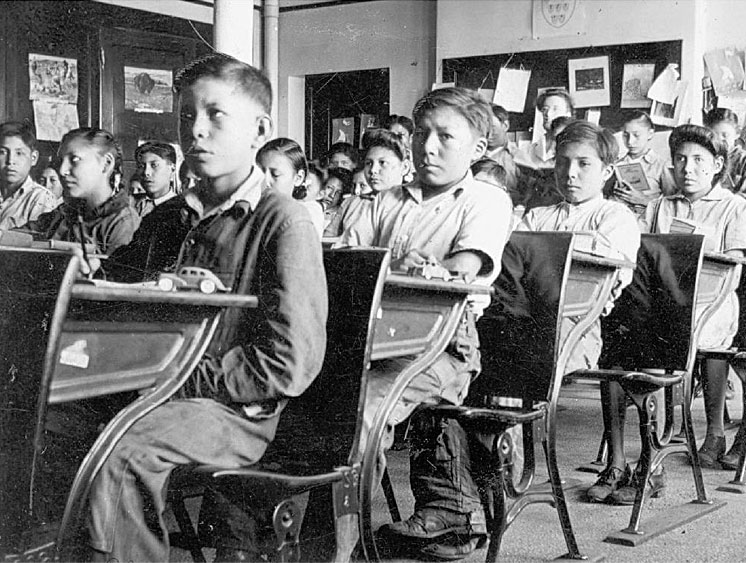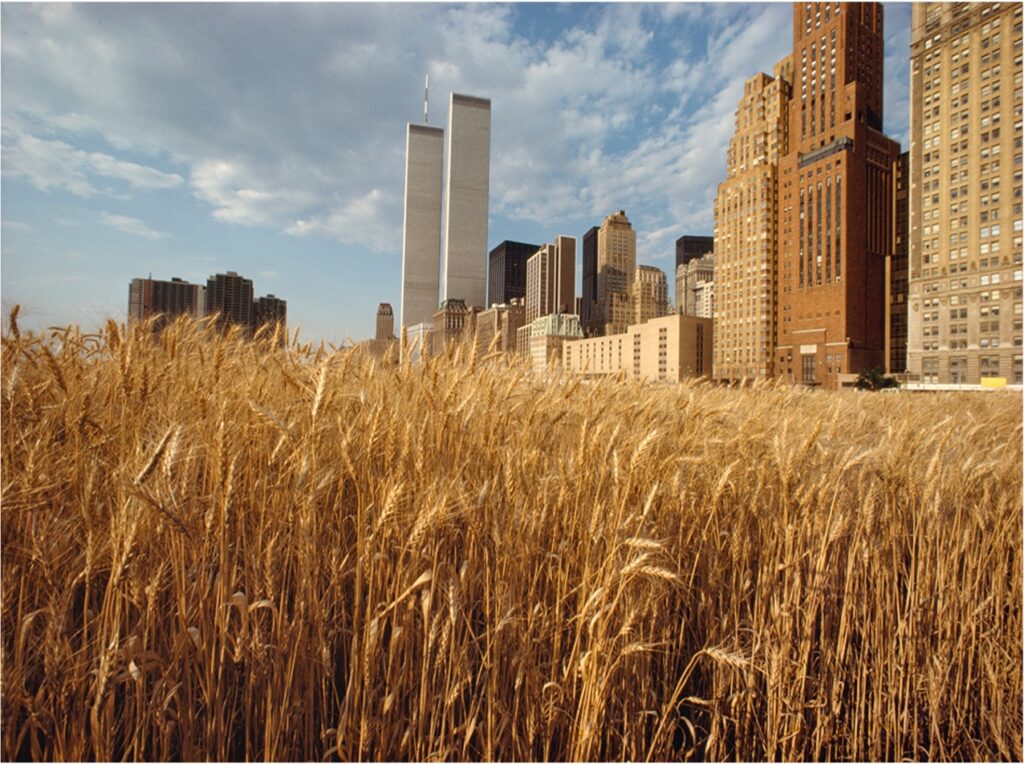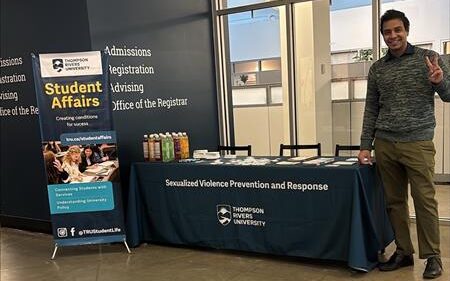During the course of my study in the Master of Human Rights and Social Justice, some episodes have indeed marked my thoughts, behaviors, and attitudes towards questions of justice. Among the program learning outcomes, there are four that are of the most importance, as each of them contributed to my development differently.
The Program Learning Outcomes for the MA in Human Rights and Social Justice are listed below:-
1. Articulate and apply advanced, interdisciplinary theories and practices of human rights and social justice, from legal, academic, and experiential perspectives.
I have gained an understanding of the way of employing higher concepts of social justice and human rights to practice during this program. Other classes related to this, such as Indigenous Ways of Knowing, Contemporary Capitalism, and Food Arts & Community Empowerment, have helped build my consciousness of the whole picture and how to think critically about these voices without dismissing the opinions or the voices of others. Having learned about the decolonization process, indigenous legal traditions, the costs of fast fashion, and the importance of food sovereignty, I became better aware of how theoretical knowledge can be used to be the motivating force behind a change. As I embarked on my practicum with the Office of Student Affairs, the lessons learned in this regard were further resonated in the practice based experience that I was subjected to, thus enabling me to develop competencies in communication and ethical decision making, as well as advocacy. The combination of these experiences has enabled me to be a better person in the pursuit of the theories-to-practices gap, whilst maintaining the virtue of empathy, respect, and collaboration in any atmosphere that I operate in.

Image Source: Truth and Reconciliation Commission of Canada
2. Challenge and critique social and political structures and legalistic definitions based on a knowledgeable, socially responsible, and sustainable perspective.

Shoppers carry Zara and H&M bags in London, UK. Getty Images.
The course that has had the greatest effect on my capacity to challenge and critique social and political structures was my Contemporary Capitalism course (HRSJ 5260), in which I looked into the underlying costs of fast fashion. This study has opened my eyes to the realities of just how many normal consumer systems out there are actually rooted in exploitation and environmental degradation, with prominent brands maximizing the social media-driven consumption environment and with workers in the Global South (especially women) toiling in unsafe working conditions under below-subsistence wages. The first thing I found was that there is no meaningful law that has been put in place to deal with these systematic harms, and this showed how law can also contribute to these injustices through what it does not say rather than what it says. This critical perspective was applied to all of my coursework: in Indigenous Ways of Knowing, I learned to critique the colonial knowledge systems; in the Body Rights course, I was studying how policies such as the Temporary Foreign Worker Program are reducing migrant workers into mere bodies; and in Settler Colonialism, I learned how the colonial project continues today. More importantly, I discovered that any critique should be a solutions-oriented critique; it was not merely sufficient to point out the issues in fast fashion but also to evaluate the emerging policy responses to these problems, especially in the EU, where sustainability laws are transforming industry practices. My work has radically shifted the way I approach day-to-day systems by making me question the power structures that the system perpetuates by thinking, “What power relations does this system support?” Who gains and who pays? What reforms would lead to a model of greater fairness? In the future, I intend to use these analytical skills in my career, as someone who is working to dismantle unjust systems should be equally intellectually informed and fearless in the face of challenging those systems that seem normal or impracticable.

Agnes Denes, Wheatfield – A Confrontation, Downtown Manhattan – The Harvest, 1982. © Agnes Denes. Courtesy of the artist and Leslie Tonkonow Artworks + Projects, New York.
3. Demonstrate leadership in recognizing, respecting, and advancing the value of intercultural understanding and worldviews regarding human and environmental diversity.
Some of the instances where intercultural leadership skills were developed involve my experience working with the Office of Student Affairs, where I engaged with students of a totally different background and helped them go through their academic and personal issues. At the beginning I used to think that leadership is about knowing everything, but the cooperation with Indigenous Elders and the stories taught me that sometimes, true leadership should be all about listening at first. Studying the food system exposed me to the magnitude of the connection between culture and the environment, whereas my course on colonialism brought on self-reflection concerning my personal biases and privileges. Even simple conversations with my classmates who are of other nationalities served as learning opportunities, and I had to compare my prejudices and listen to experiences that I never paid attention to before. Case management work showed me that what is perceived as supportive differs greatly across cultures; some students wanted their advice straight out, others needed time to work things out on their own, and some needed their family to be involved in the decision-making. The leadership courses enabled me to realize the importance of the gap between being in authority and being trusted by people. The most important thing I encountered during this course is the fact that intercultural leadership is not about mastering every single culture or being a perfect leader whose judgements are always correct it’s more about humility, asking questions, acknowledging that you do not understand something, and providing the space where people can share their own opinions and ideas on how this situation should be solved. This totally altered the way I look at doing advocacy work since now I know that the most crucial element of such a practice is ensuring that the people who are mostly affected by issues are the ones who lead the charge towards the change.

Disclaimer: Photos in which the author appears were taken by a colleague or friend, and are used here with permission.